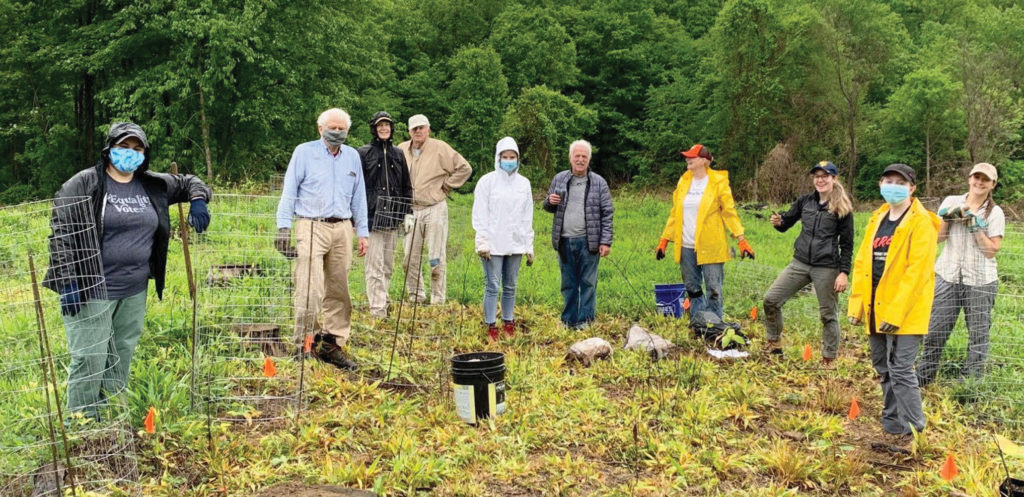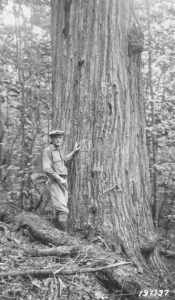
The American chestnut was once one of the largest and most common trees in eastern hardwood forests (Figure 1). It was found in all 55 counties in West Virginia. It was highly prized for its wood that was very durable, light, and resistant to warping. It was commonly used for fencing materials, electric poles, railroad ties, trestles and building materials (Figure 2). Its nuts were an important and dependable food source for wildlife and people (Figure 3). It was among the top six species in lumber production for West Virginia between 1900-1930 (Figure 4). Chestnut trees grew fast, had good form, and, unlike many hardwood trees, grew well on poor, dry, rocky sites. In West Virginia, the tree often grows with chestnut oak and mountain laurel. American chestnut grows well on acid sandstone soils. It is seldom found growing on limestone soils. The chestnut blight fungus was introduced into the United States from Asia in the late 1890’s and first detected in 1904 in New York City. By the 1930’s most of the large native American chestnut trees in West Virginia were dead or dying.
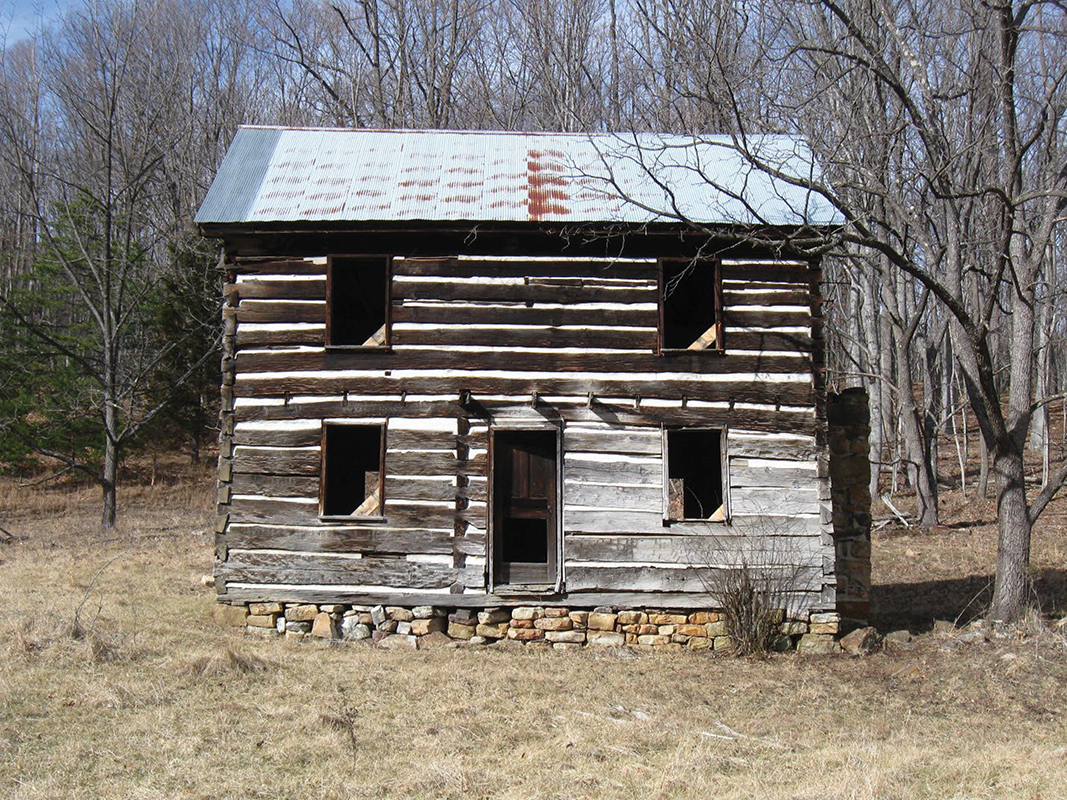
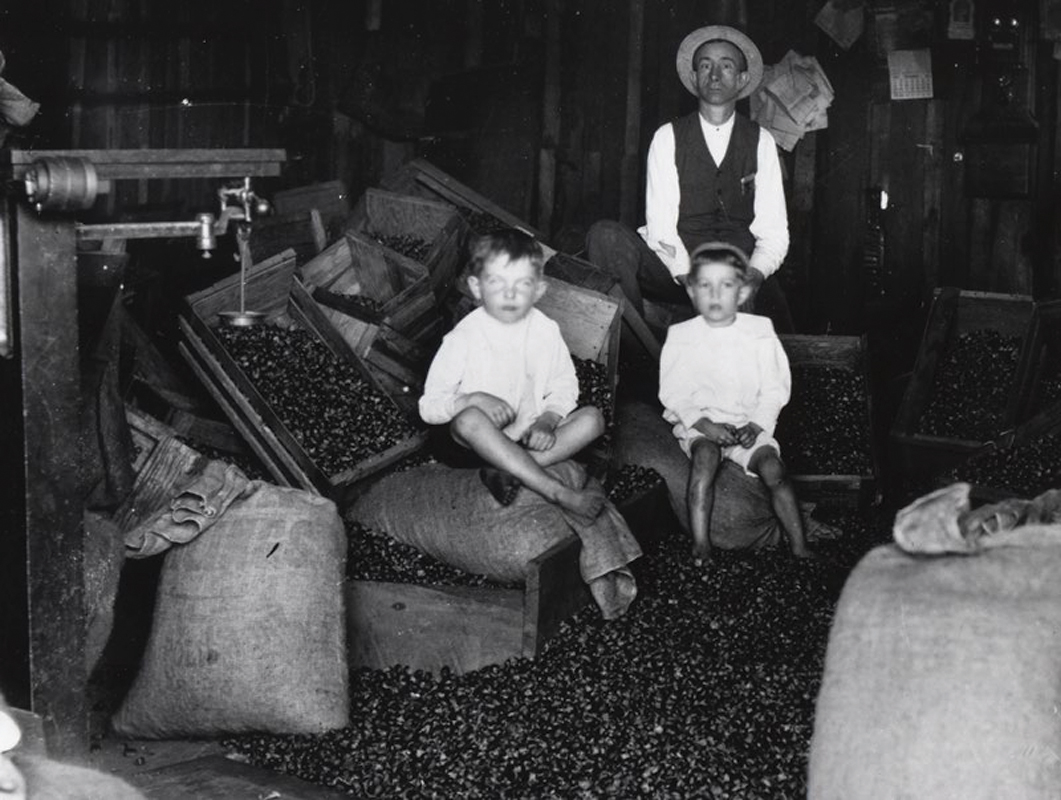
Work first began in 1930 by Arthur Graves in Cooperation with the Connecticut Agricultural Experiment Station to develop blight resistant forest type chestnut trees by cross breeding susceptible American and resistant Asian chestnut trees. Scions from this early research work were later used in other breeding programs. The American Chestnut Foundation (TACF) was founded in 1983 for the purpose of creating blight resistant American chestnut trees and restoring them into the forests of eastern U.S. TACF has been working on three different strategies to accomplish this goal: breeding, biotechnology, and biocontrol.
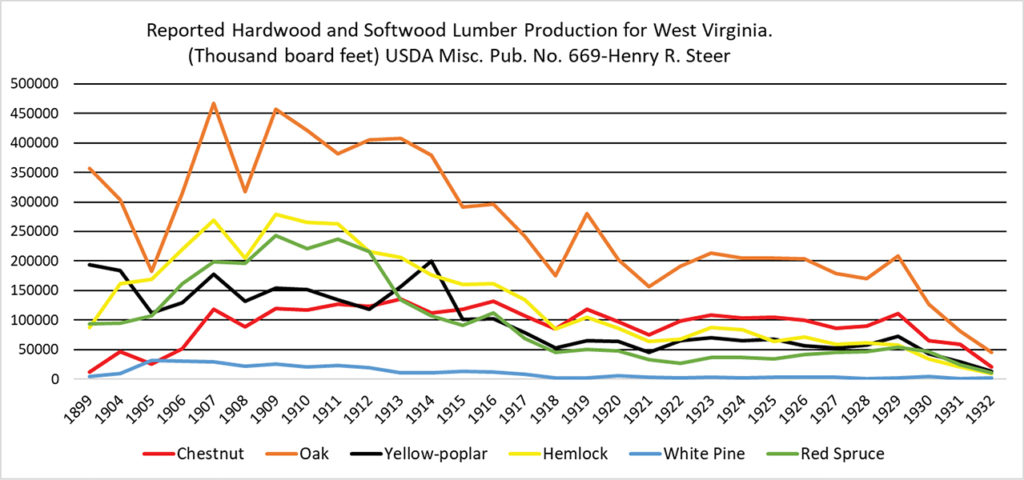
The breeding program was started in 1983, by cross-breeding American chestnut with Chinese chestnut. Chestnut blight is native to Asia and Chinese chestnut trees have evolved over the years and naturally developed resistance to the chestnut blight fungus. However Chinese chestnut was bred for food production to be planted in orchards, so they are short trees with poor form, unlike American chestnut trees that grew tall, straight and could compete with other trees in Appalachian forests. American chestnut trees were bred with Chinese chestnut trees, and the nuts were planted. The seedlings produced were grown and evaluated to determine the most blight resistant ones with good form. The best trees produced from these first crosses were then bred back with American chestnut, and the process was repeated in an attempt to develop blight resistant trees with American chestnut characteristics. Over the past 36 years, four generations of chestnuts have been bred, largely by volunteers. This effort has produced hybrid chestnut trees, but unfortunately chestnut tree breeding has proven to be very difficult due to the complexity of the genes involved. Most of the highly blight resistant hybrid chestnut trees also have a high proportion (10–49%) of Chinese chestnut genes with Chinese tree characteristics. Breeding work is continuing with the goal of producing highly blight resistant hybrid chestnut trees with mostly American chestnut genetics.
The second strategy involves using biotechnology to create blight resistant American chestnut trees. Researchers at State University of New York, College of Environmental Science and Forestry (SUNY-ESF) have developed a transgenic chestnut tree by inserting a gene from wheat called oxalate oxidase or OxO into American chestnut trees. The OxO enzyme breaks down oxalic acid, the substance excreted by chestnut blight fungus that kills the cells in the vascular cambium of chestnut trees. Tests have shown that chestnut trees with this gene are highly resistant to the chestnut blight fungus. Since the OxO gene is found in many food crops, it poses no negative effects to humans. Other experiments have also shown that no adverse ecological impacts are caused to other organisms by inserting the OxO gene. These transgenic chestnut trees are currently under review by the USDA, EPA, and FDA in order to obtain federal approval so these trees can be distributed to cooperators and planted. Approval of these transgenic chestnut trees is expected in 2023. This is possibly one the most important advancements made in the 100-year struggle to bring back the American chestnut to Appalachian forests.
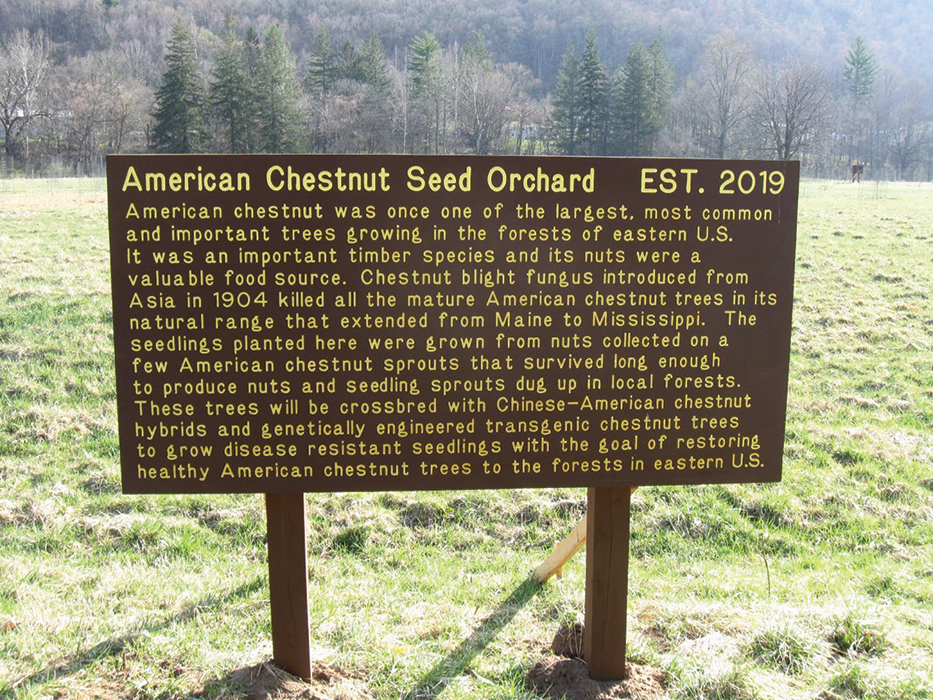
Biocontrol is the third strategy being used to combat the chestnut blight. Biocontrol involves infecting the chestnut blight fungus with viruses that reduce its virulence. The viruses infect chestnut cankers slowing their growth, enabling the tree to callus over the wound and stay alive. But the virus and the chestnut blight fungus must be genetically compatible for the virus to be effective. Since there are many different strains of the chestnut blight fungus, natural spread of the virus is rare. Biocontrol is mainly used to keep individual American chestnut trees alive in breeding orchards long enough to flower and produce seed.
The West Virginia Chapter of the TACF has been actively working on the restoration of American chestnut in West Virginia forests since 2005. Over 72 hybrid chestnut plantings have been made in West Virginia. There have also been nine native American chestnut germplasm conservation orchards (GCO’s) (Figure 5) established in the state. These orchards were established from using seed collected from American chestnut trees and American chestnut sprouts dug up in forests around the state. The purpose of these orchards is to provide pollen from local sources for breeding, with transgenic and hybrid chestnuts trees. This will increase genetic diversity and make the offspring more adaptable across the wide range of sites that will be encountered within the natural range of American chestnut.
The WV chapter is also actively involved in the WV Chestnut Festival held in Rowlesburg WV, every fall. The chapter has also participated in numerous plantings around the state (Figure 6) and in plantings and outreach activities at the Bechel-Summit Scout Reserve. The WV Chapter is always looking for native chestnut trees, both larger ones producing nuts and small sprouts (<2 ft tall) that could be transplanted in seed orchards. The sprouts are probably the best source of pure American chestnut planting stock because there is always the chance that nuts collected from existing flowering American chestnut trees could have been contaminated with pollen from Chinese chestnut trees. Researchers have concluded that the small seedling sprouts found today growing on forest floors originated from chestnut seed that was produced many years ago. They have continuously sprouted and resprouted in forest understories. TACF encourages anyone who finds large American chestnut trees or areas with small chestnut sprouts to use the TreeSnap app to record its location or contact someone in the WV-chapter of the TACF. Anyone interested in learning more about American chestnut restoration or getting involved in the struggle to bring back the American chestnut are encouraged to go to www.acf.org or they can contact the author.
